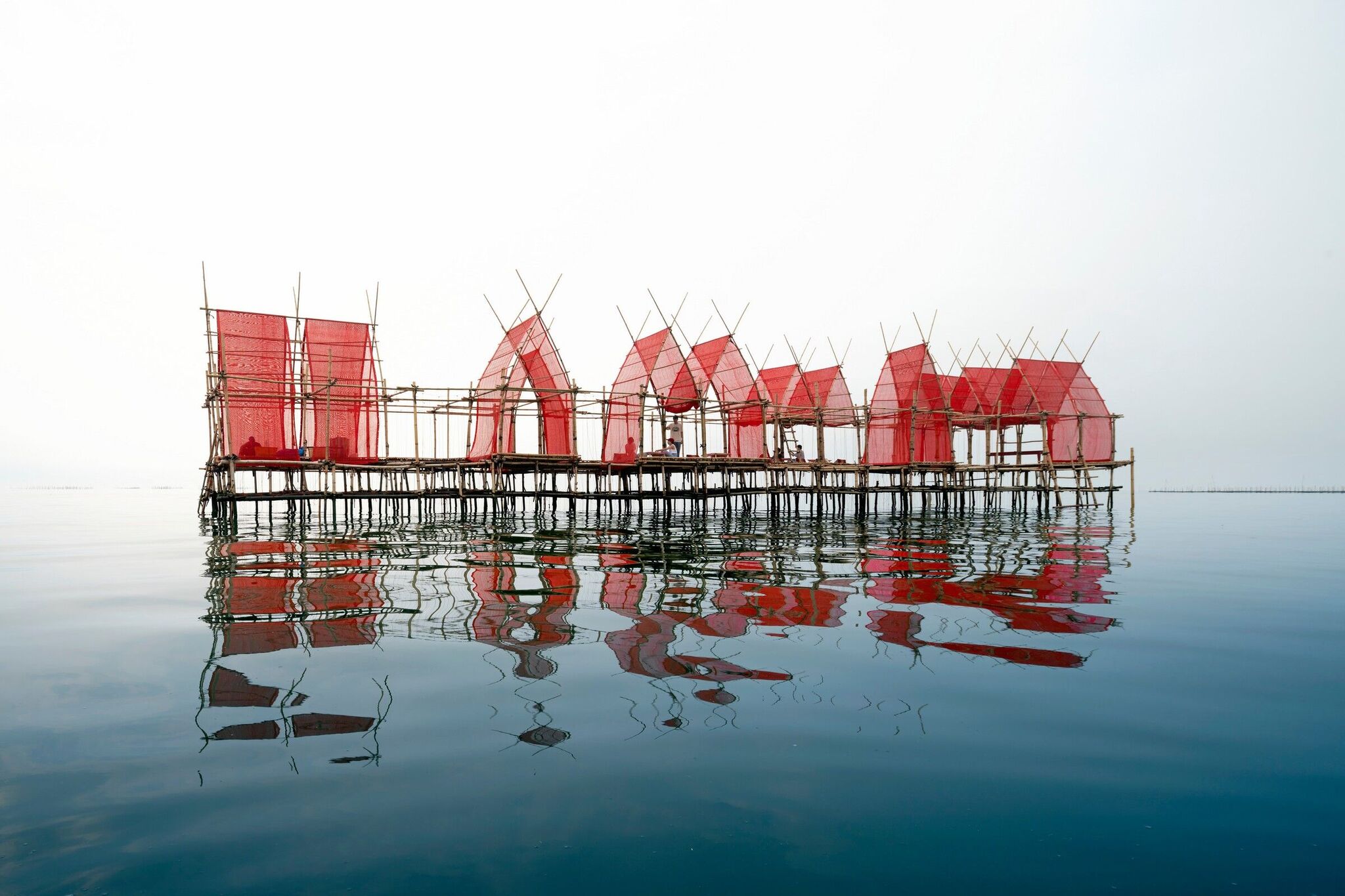
Thinking time
This year’s Archifest event in Singapore was a rip-roaring success, writes Paul Finch. It was generated by excellent speakers from around the world, a busy and buzzy exhibition hall at Marina Bay Sands, and the usual positive atmosphere generated by the city state’s architectural and design community.
The deliberately provocative conference theme, from curator Rene Tan of RT+Q Architects was ‘Don’t (just) think like an architect’, which several speakers suggested could have been shortened by missing out the word ‘just’. Which raised more than one question, not least, what does architectural thinking constitute?
After all, consideration of client requirement, history, context, planning, environmental considerations, design detail, delivery, cost etc etc surely implies a certain breadth of interest, if not vision. The speakers by and large fully justified the theme’s question, however, by drawing attention to the wider social and political implications of what architecture delivers, and suggesting that the more perspectives from which one approached the subject, the greater architectural richness that might be generated.
A few highlights from a parade of impressive contributors. Chatpong Chuenrudeemol of Thai practice Chat Architects gave an inspirational talk about his ‘Bangkok Bastards’ approach to architecture, and how a cultural and philosophical attitude could overturn conventional ways of thinking about the subject.
Whether it was turning the concept of the sex hotel on its head to create a conventional hotel, or using fishing villagers’ technology to create floating visitor attractions, the point was to take nothing at face value. In a manifesto for change, the Chat proposition was outlined in a series of switches: from smooth to rough; new/old; global/hyperlocal; man/nature; object/connection; inductive/abductive and so on.
‘Adaptive control’ was a required condition, in which calculated imprecision and loose fit were watchwords. His advice concluded with an aphorism as provocative as the conference theme: ‘The more control you seek, the less happy you will be’.
Dietmar Eberle of Austrian practice Baumschlager Eberle noted that on average architects live eight years longer than non-architects, suggesting that perhaps they are not control freaks and might even be happier than the average. In his own case, architecture was what he did despite having had ambitions to be a writer, and his observations on Camus, Wittgenstein, Robert Musil and Karl Popper were perceptive. Architecture’s loss would have been literary criticism’s gain. His suggestion about how architects should be thinking differently derived from the observation that the average life of a building is 25 years: ‘Ask yourself what happens to that building afterwards.’ He cited an exemplar project, the renovation of a building for Peugeot, where 94 per cent of it was constructed using recycled materials.
His provocation was about environmental design and one of his own practice’s buildings, in Europe, where the temperature never dropped below 22 degrees, but never exceeded 26. This had been achieved without the need for mechanical ventilation. It wouldn’t work in Singapore, but nevertheless . . .
Australian Kerston Thompson gave another impressive talk, with a series of illustrated suggestions as to an attitude an architect might take to particular circumstances, in which you might think as if you were a recycler, as a local, or being like a river. Pragmatic considerations had to be tempered, or determined, by high aspirations. A good closing note suggested that collaborative teams essential to producing good architecture could be seen as ‘a flock of birds. . . . keep the formation, keep it flying’.
Heavyweight contributions by Riken Yamamoto and Eduardo Souta de Moura (which would require another column to do justice to) were complemented by lighter touch contributions, notably from Alejandro Lapunzina whose brilliant scholarship and insight were a reminder of the potential poetry of architectural design and its outcome – ‘timeless and universal even thought rooted in time and space’
Takaharu Tezika gave a typically witty and lively performance: ‘You have to be happy to design to make people happy!’ Social empathy was critical. His concluding advice? ‘Don’t think like an architect full stop!’
The session I had the privilege of taking part in saw beautiful presentations of their work from Ambrish Arora of Studio Lotus and Renata Furlanetto of Studio MK27; my contribution was a review of some of this year’s WAFX Award winners, and a plea for architects to think more like policy-makers, rather than receivers of the views, policies and prejudices of others. If the plan is the generator, what generated the plan?
A cloud on the horizon at the event was a Singapore Institute of Architects survey suggesting that only 7 per cent of the country’s architecture students believed they would pursue a career in architecture. Several educationalist speakers speculated as to how this might change as a result either of teaching changes, or the changing nature of architecture and architectural production themselves. AI necessarily entered the conversation.
The overall mood of the event was, nevertheless, upbeat. With the work we saw illustrated, it was hard to believe that architecture has anything other constructive potential – provided thinking remains unconfined to the boxes beloved of the unimaginative
Founder Partner






